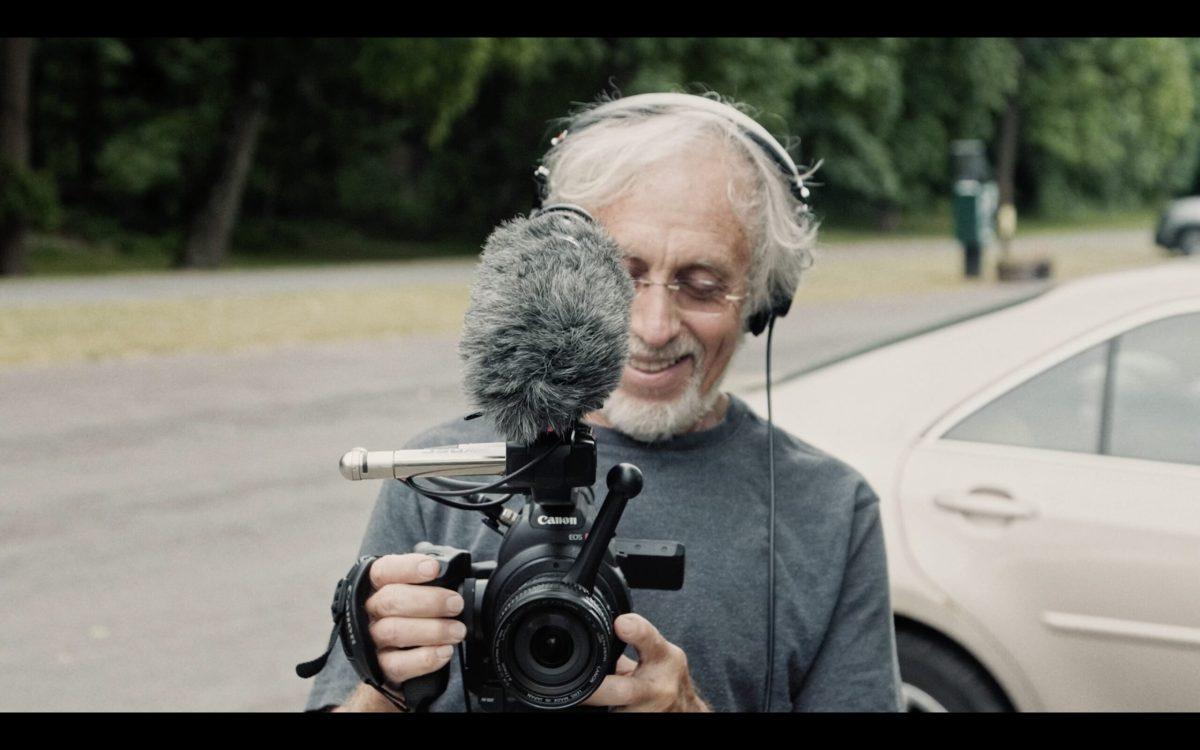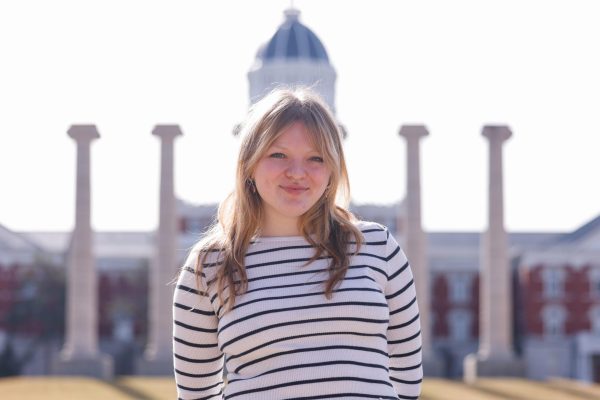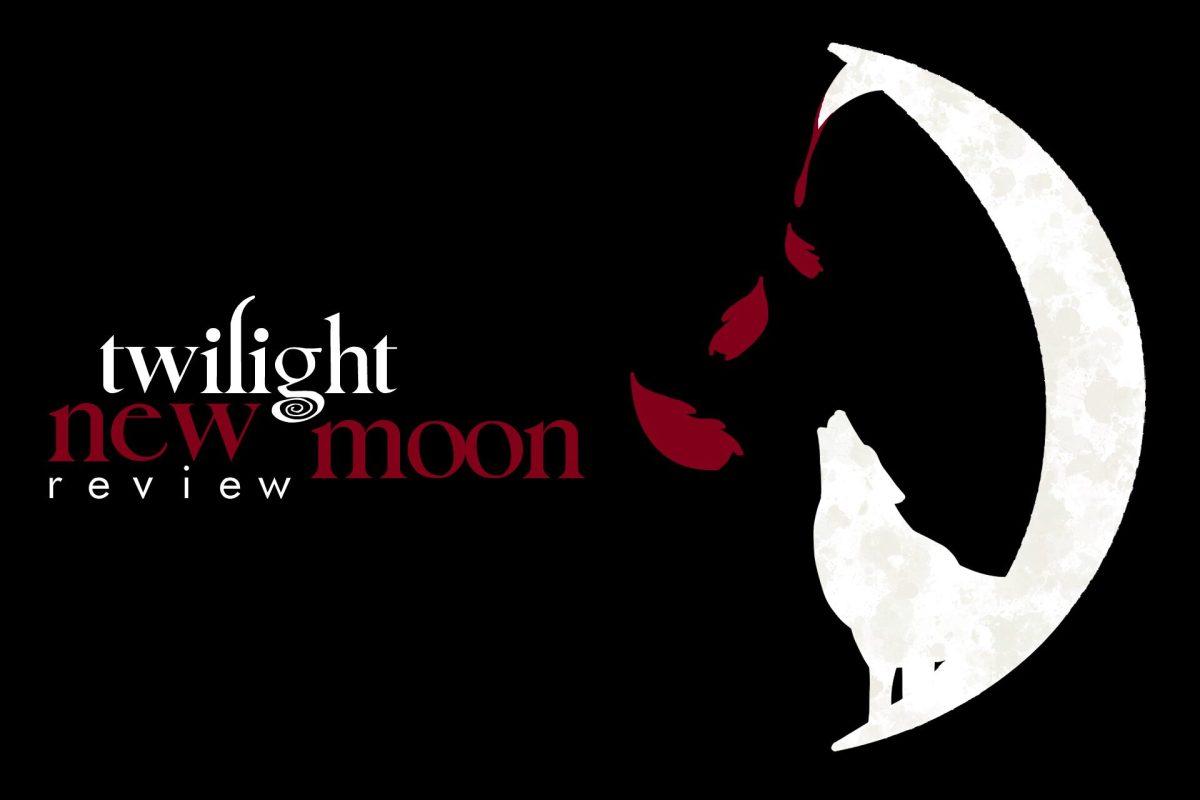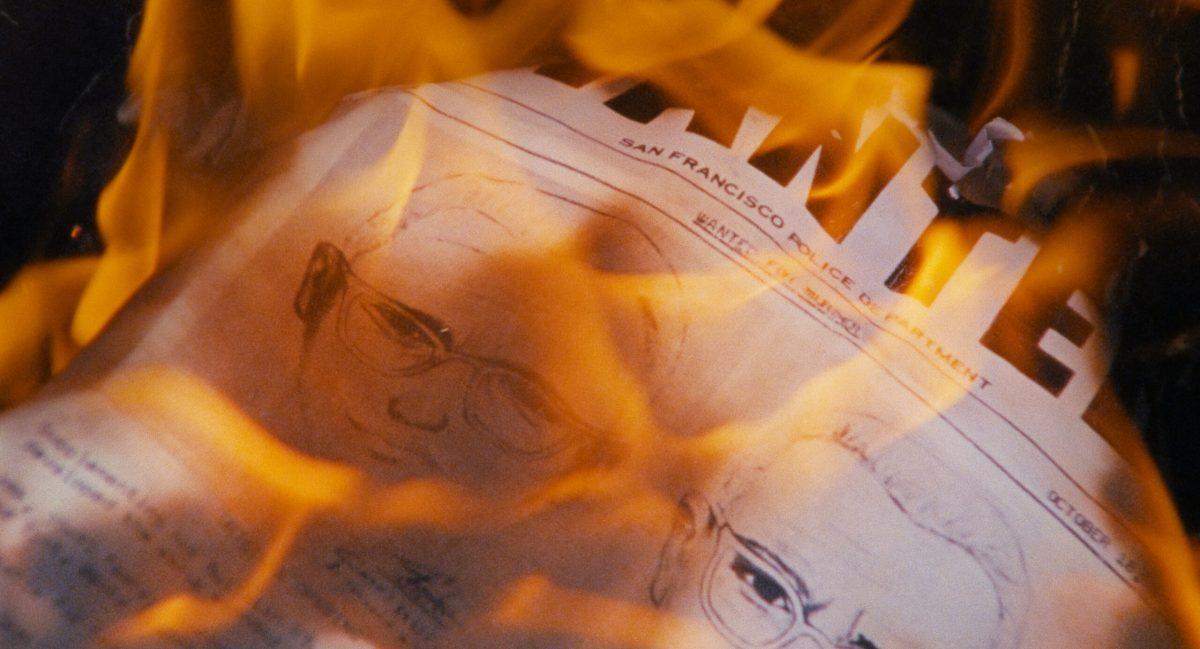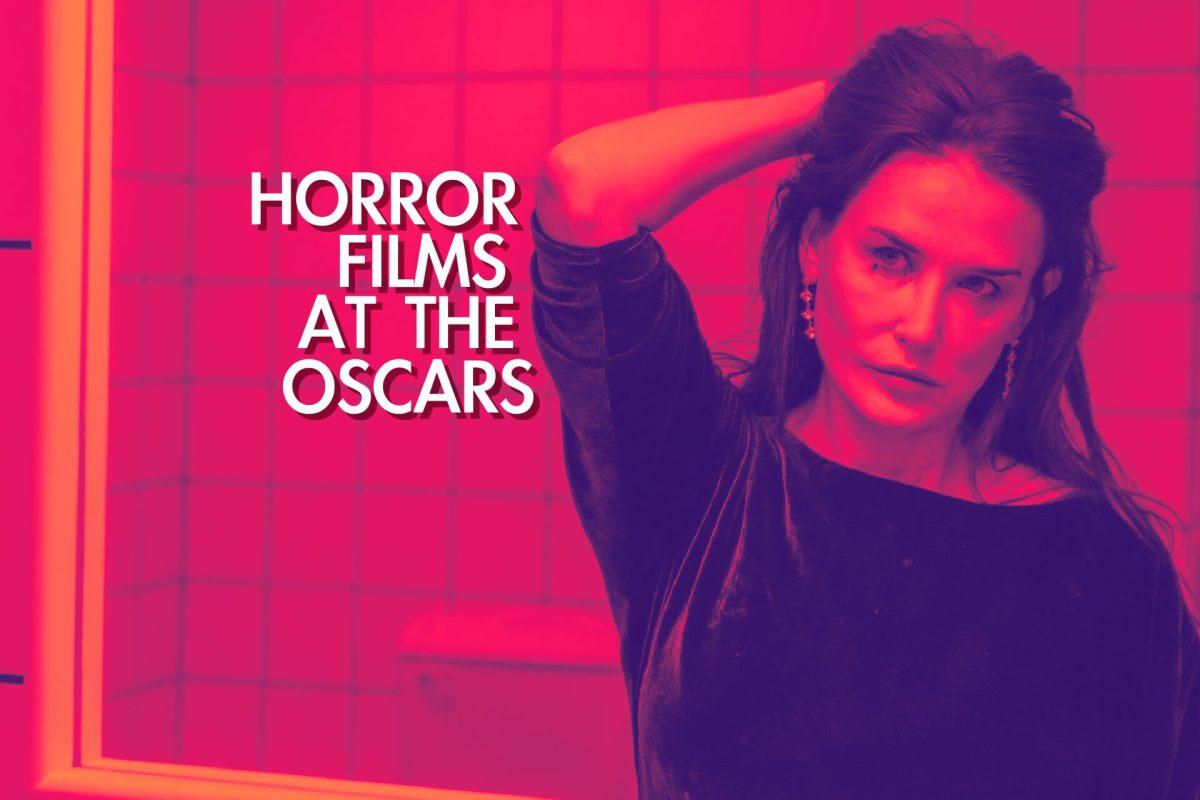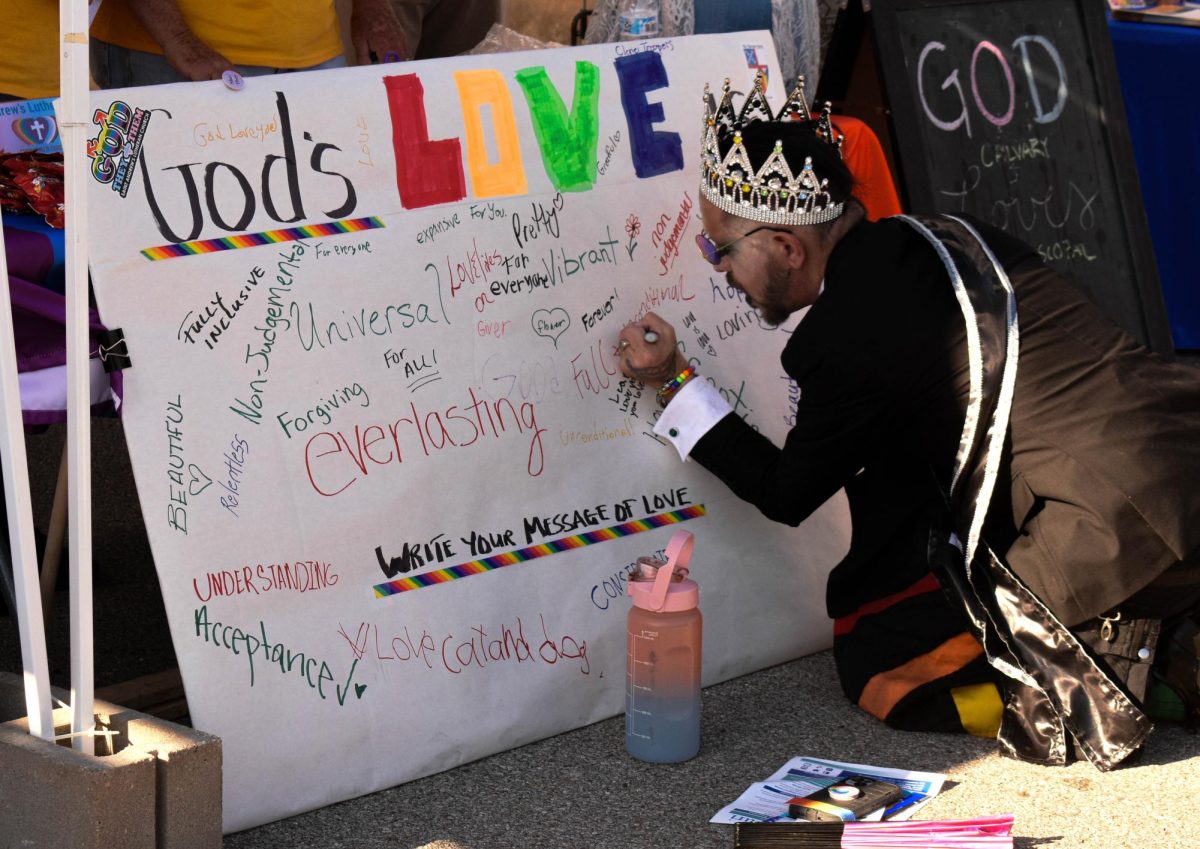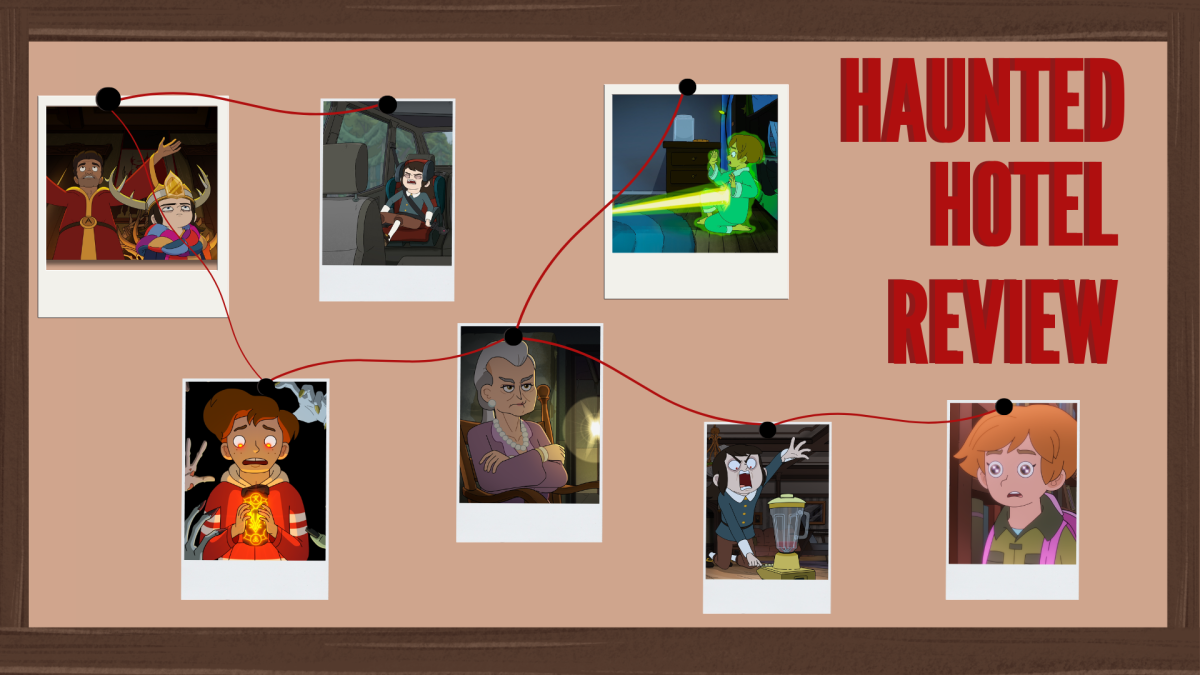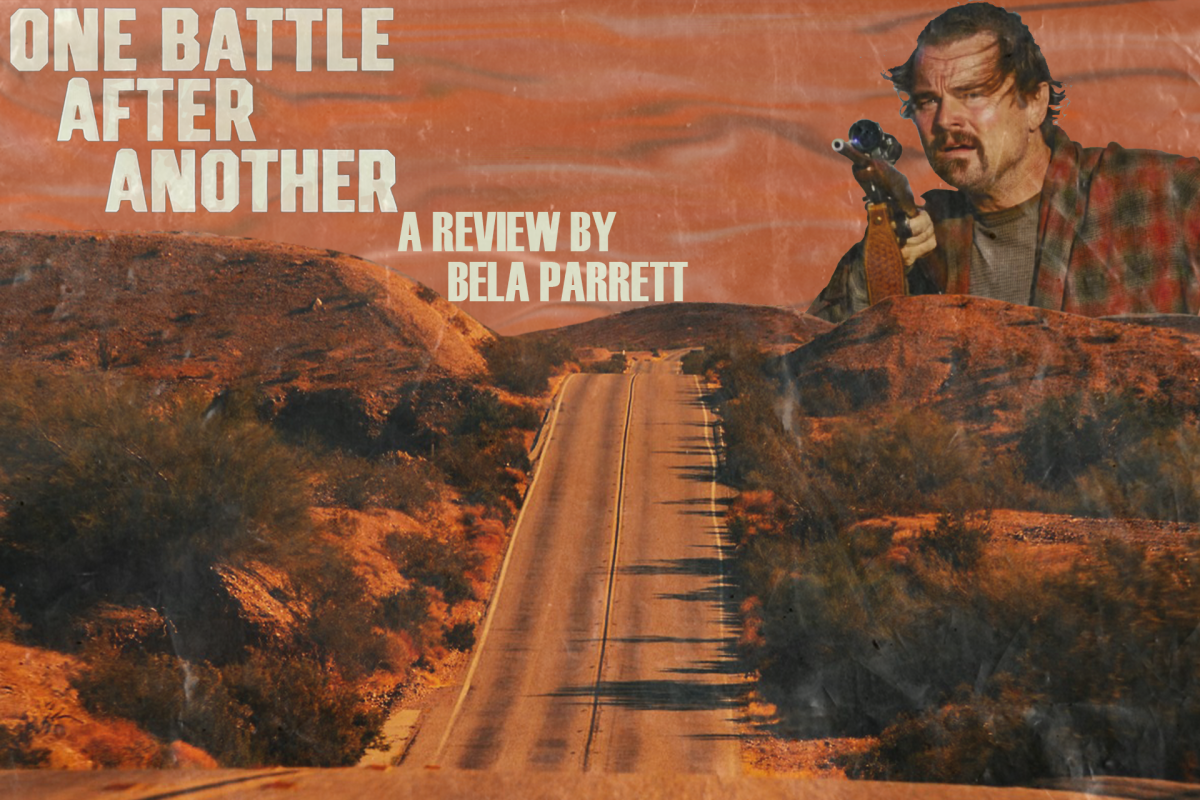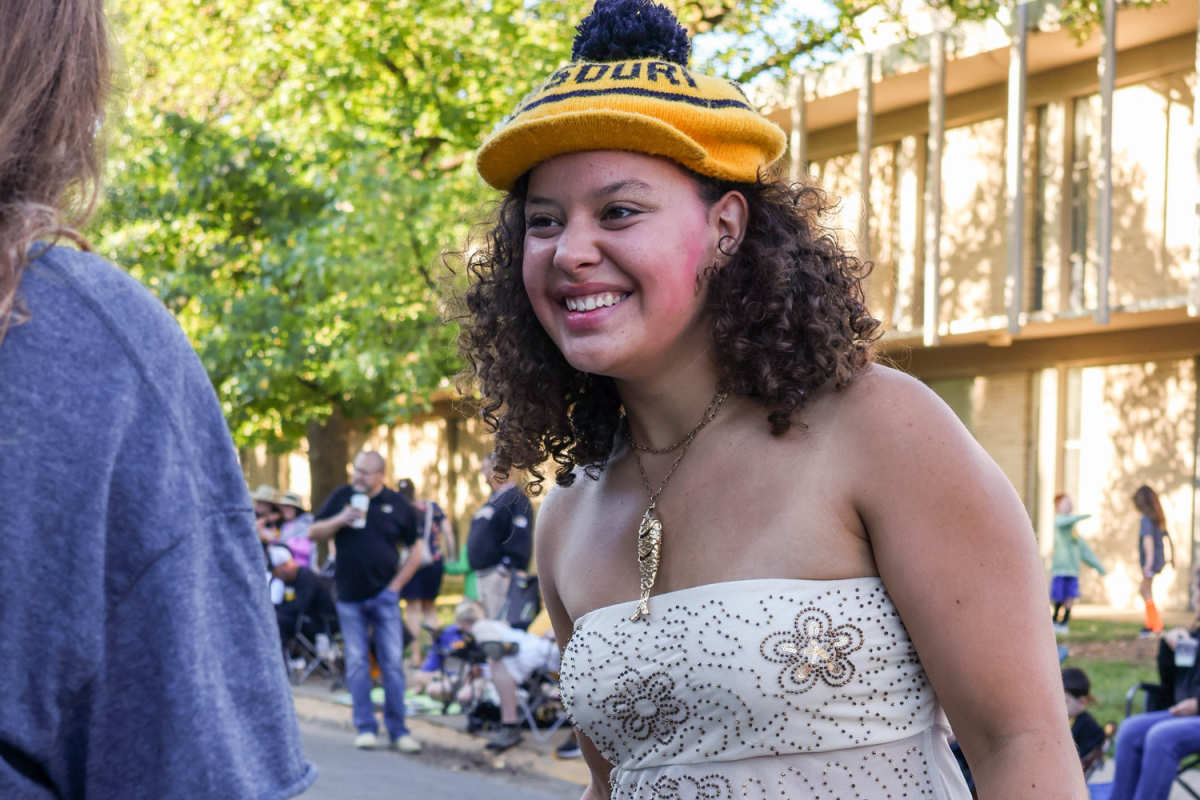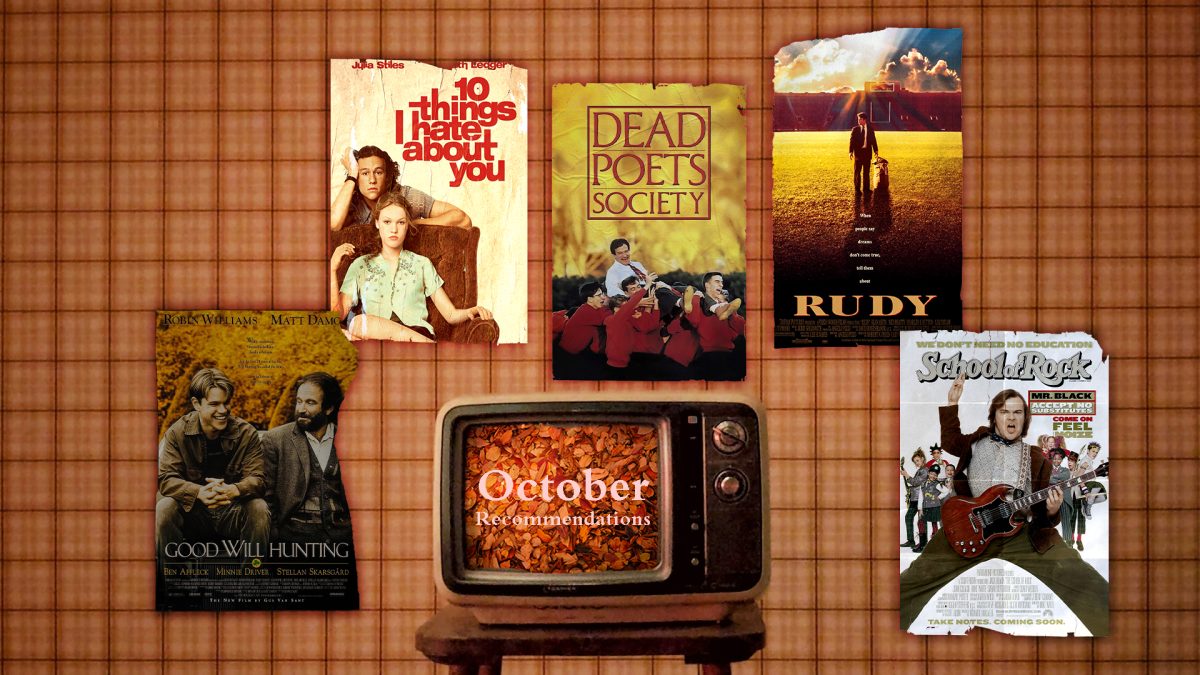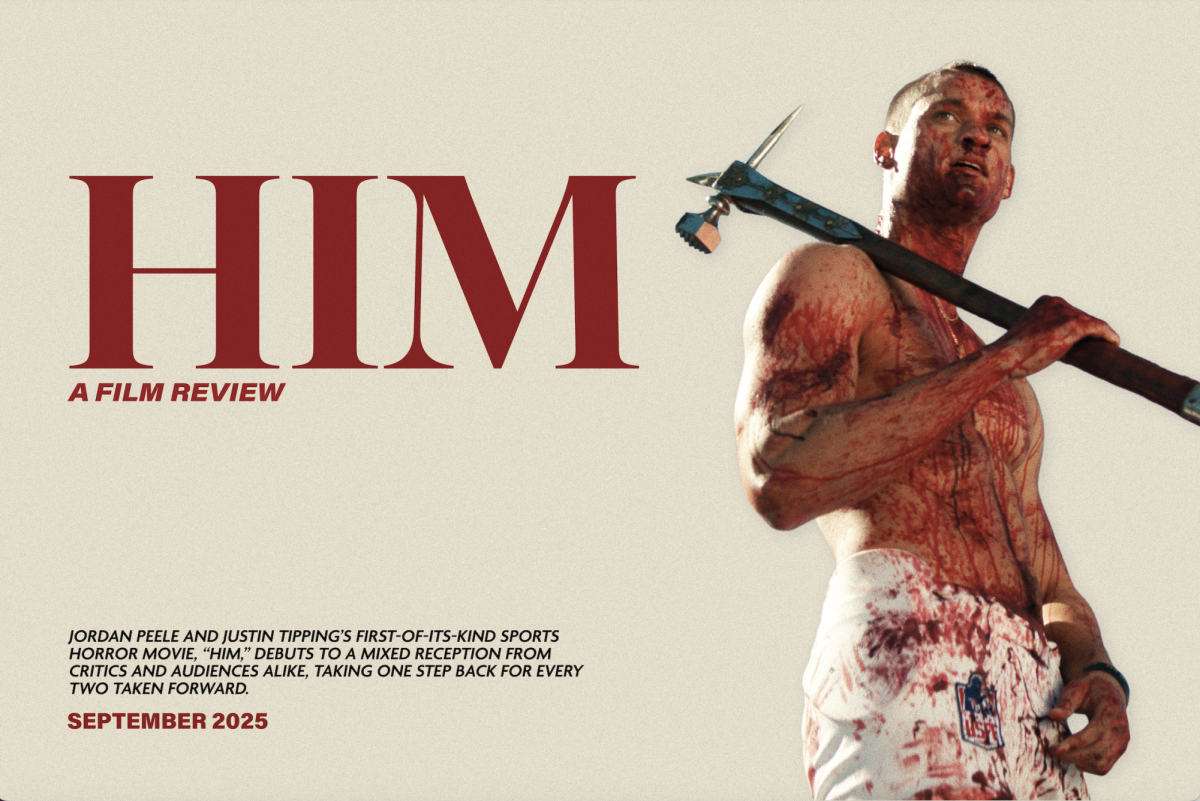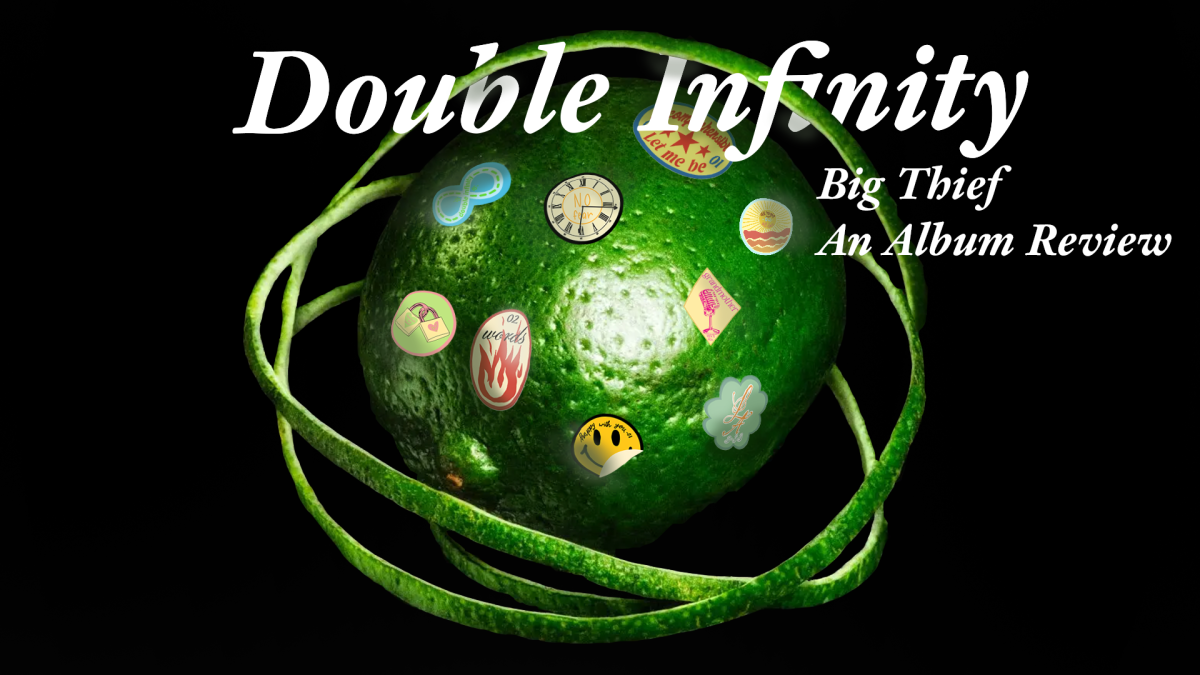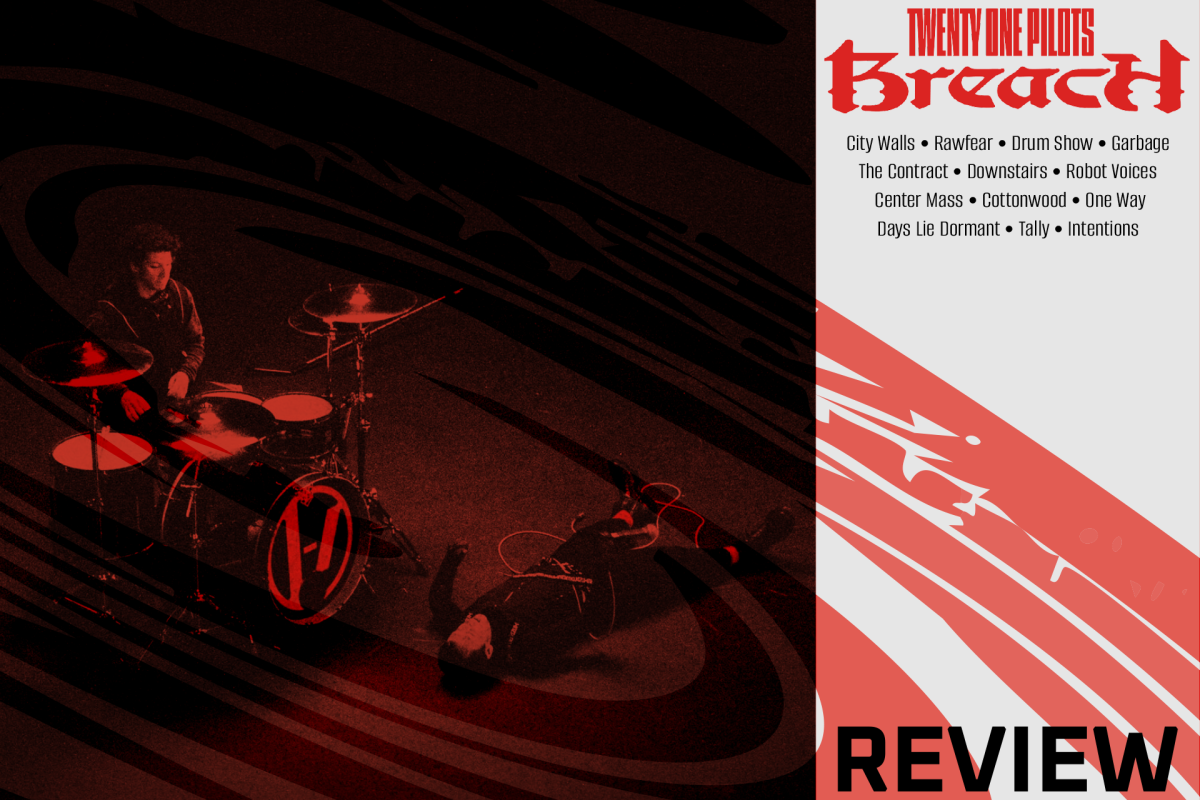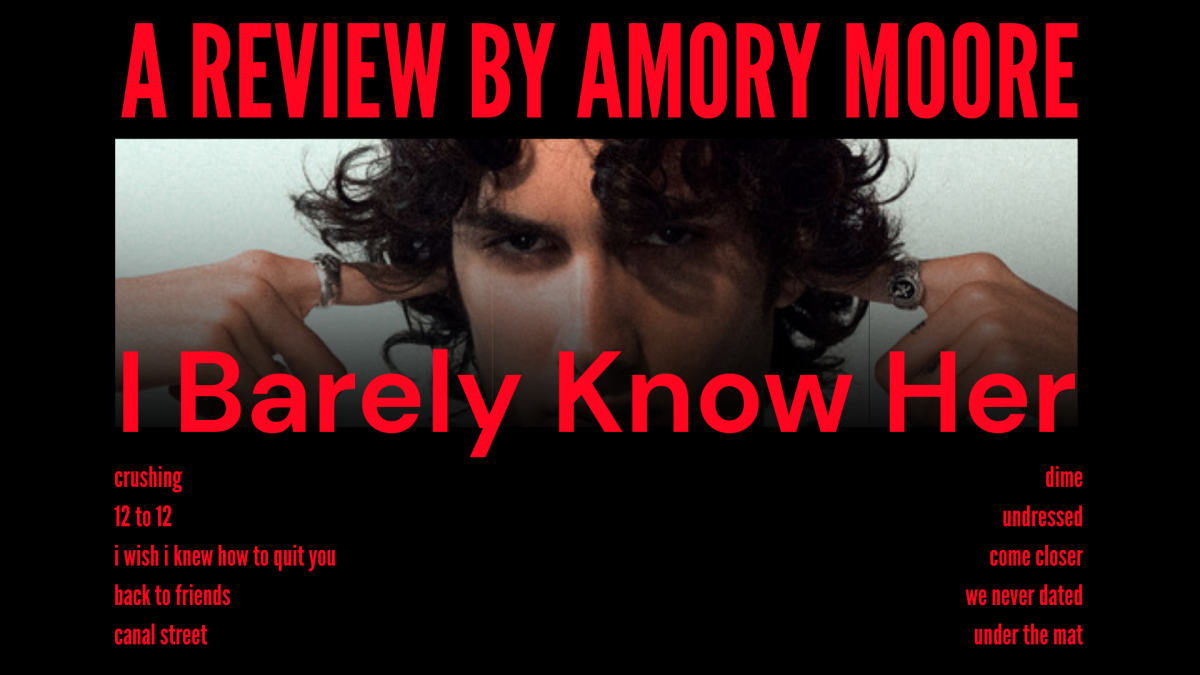Long-time filmmaker Ralph Arlyck moved True/False audiences with his self-reflective documentary
How do we confront the inevitable questions about the ends of our lives? Who will we leave behind? Who will we outlive? In a tear-jerking film on the joys of life and the qualms of death, writer, producer and director Ralph Arlyck attempts to face the unavoidable absolute finality of life.
The Friday showing of the 2022 reflexive documentary “I Like it Here” at the 2024 True/False Film Fest was full of love. “This is where I live now, I’m 78,” Arlyck narrated, softly.
His melancholy voice-over is tinged with dry humor and charming whistling s’s. This incredibly authentic and intimate composition on the pleasure of living left me pondering my own mortality.
I was overwhelmed with how overtly human “I Like it Here” is. Arlyck films as if through his own eyes. He faces his camera authentically head-on at his subjects, filming everything he sees and does.
Only showing some subjects for a few minutes, I fell in love with every one. At 88 minutes, the documentary is paced incredibly well, but I could watch hours on each person featured.
Arlyck reminds us how strange the passage of time is. We reconnect after over half a century with Linda, his first love, only to find out that she is the same as when they met.
We walk with author Mel Watkins — who, as an existentialist teenager, was insistent that he would not live past 30 — next to his college dorms where he was dropped off by his parents 60 years earlier.
We follow his neighbor Pat on her journey with her declining memory to a nursing home and her eventual death.
We watch Arlyck and his wife, Elizabeth, deliver a home dialysis for their 18-year-old cat with kidney failure in an attempt to savor the last few moments of her life. Existence is fleeting, and we are constantly reminded with each parting to revisit old friends, lovers and locations.
“What if he goes first … Who’ll bury whom?” Arlyck asks.
I can’t help but think of my own parents and grandparents as Arlyck contemplates aging. I wonder about the impermanence of life as he and his wife pick out their cemetery plot. I consider my childhood home when he visits the crumbling remains of his college house with an editing studio and projection room in the basement still intact.
Clocks ticking, seasons changing. Not only are the themes of this personal essay moving, but so is the camerawork and artistry. The director incorporates old films he made throughout his life in this documentary. In one titled “An Acquired Taste,” he inspects his receding hairline. “I can handle 40, but in 20 years, I’ll be 60,” Arlyck said.
Filmmaking itself plays with timelines, and while the documentary admittedly blurs its natural order, it remains remarkably authentic.
“Not everything should be filmed? What a strange idea,” Arlyck said after his neurologist asked him to put his camera away at his appointment.
The invasiveness of his filming process is raw and refreshing. Arlyck manages to get in people’s faces and have them face uncomfortable truths while keeping the tone incredibly soft and sensitive. His interactions with friends and neighbors feel immensely warm, like watching old home movies.
Before the film started, Arlyck said to the crowd, “There’s nothing like a True/False audience.” Film-goers left having loved and parted with many of the souls they met throughout.
Nearing the conclusion of the film, Arlyck narrates “I like it here,” and then “I love it here,” leaving his True/False viewers with a revitalized outlook on life: while everyone’s experience will inevitably end in death, we must spend our limited time connecting with those around us.
Edited by Alex Goldstein and Alyssa Royston | [email protected] and [email protected]
Copy Edited by Briana Iordan | [email protected]


